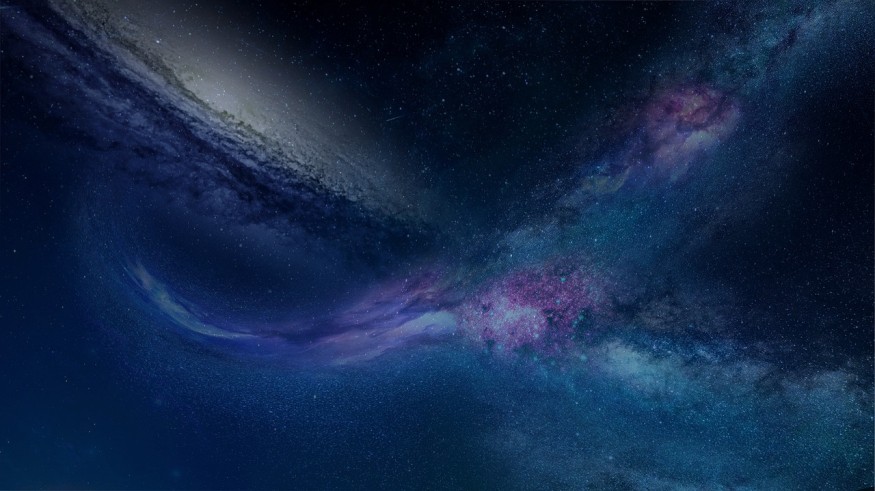Magnetic fields abound in the universe. Despite the fact that the Universe is electrically neutral, atoms may be ionized into positively and negatively charged nuclei and electrons.
According to Science Alert, magnetic fields are created when charges are accelerated. Collisions between and inside interstellar plasma are one of the most prevalent sources of large-scale magnetic fields. This is one of the primary generators of magnetic fields at the cosmic scale.

Detecting Magnetic Fields in the Largest Structure in the Universe for the First Time
Scientists believe that magnetic fields should occur on even the largest structures in the universe. The matter is dispersed in a cosmic web at the biggest size of the cosmos. Huge superclusters of galaxies are separated by barren gaps, like soapy water clusters in a sea of soap bubbles, wherein thin filaments stretch between these superclusters that form a cosmic web of matter.
Since a large portion of this web is ionized, it should generate massive but feeble intergalactic magnetic fields at least in theory. These web magnetic fields have not been observed by astronomers. But in the new research, titled" Polarized accretion shocks from the cosmic web" published in the journal Science, researchers report for the first time detecting the largest magnetic fields.
On the other hand, magnetic fields billions of light-years afar are impossible to detect directly. Instead, scientists see them through their influence on charged particles. Radio light is emitted when electrons and other particles spiral along magnetic field lines.
As per Universe Today, astronomers can trace galactic magnetic fields by mapping this radio wave. Yet, the radio waves they emit are exceedingly feeble and too faint to notice since cosmic web filaments are so diffuse. Furthermore, the web signal may be blocked out by galactic radio noise because neighboring galaxies produce greater radio signals.
So, researchers concentrated on polarized radio light. These are radio emissions with a particular orientation. Scientists could more readily extract this signal from the cosmic radio background because the direction of a filament is connected to its total orientation.
Evidence To Prove the Existence of Collision Shockwaves in Cosmic Web
Data from all-sky radio maps including the Global Magneto-Ionic Medium Survey, the Planck Legacy Archive, the Owens Valley Long Wavelength Array, and the Murchison Widefield Array were utilized.
They discovered distinct bands of polarized light surrounding pairs of galaxy clusters, Phys.org reports. This suggests that the clusters' cores are depolarized, which is to be anticipated given their tumultuous settings. But the magnetic fields on the borders of the clusters are set in order by the shockwaves, resulting in this ring of polarized light.
The scientists validated the polarized radio signal sent by the web by stacking this data and comparing it to maps of the cosmic web. It not only proves the existence of magnetic fields in cosmic webs, but it also provides strong evidence for the occurrence of collision shockwaves within them. It is the first indication that these computer modeling aspects are accurate.
RELATED ARTICLE: Milky Way Now Has Thousands Of Stunning Magnetic Threads Like A 'Modern Art', Scientists Say
Check out more news and information on Space in Science Times.










